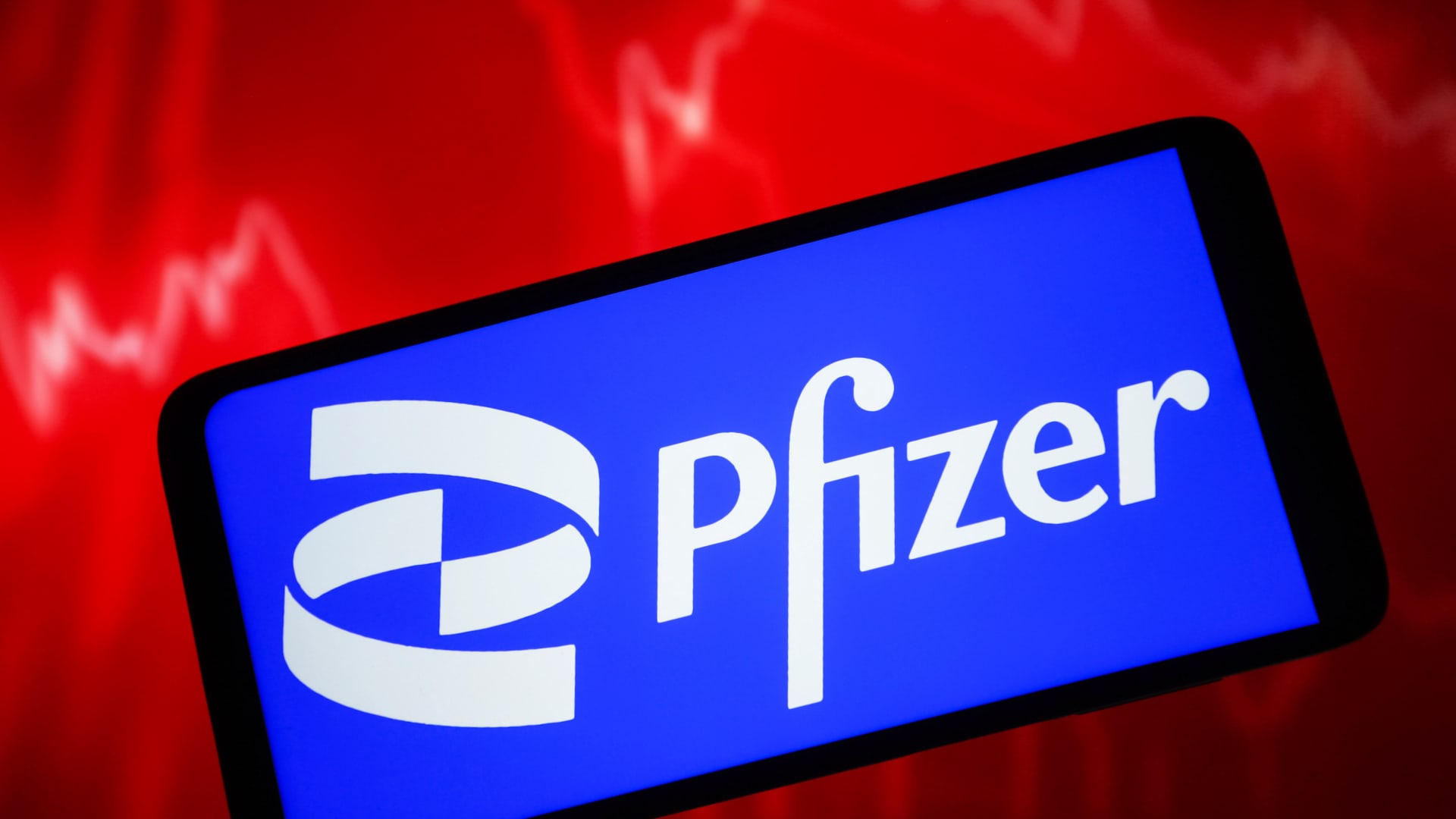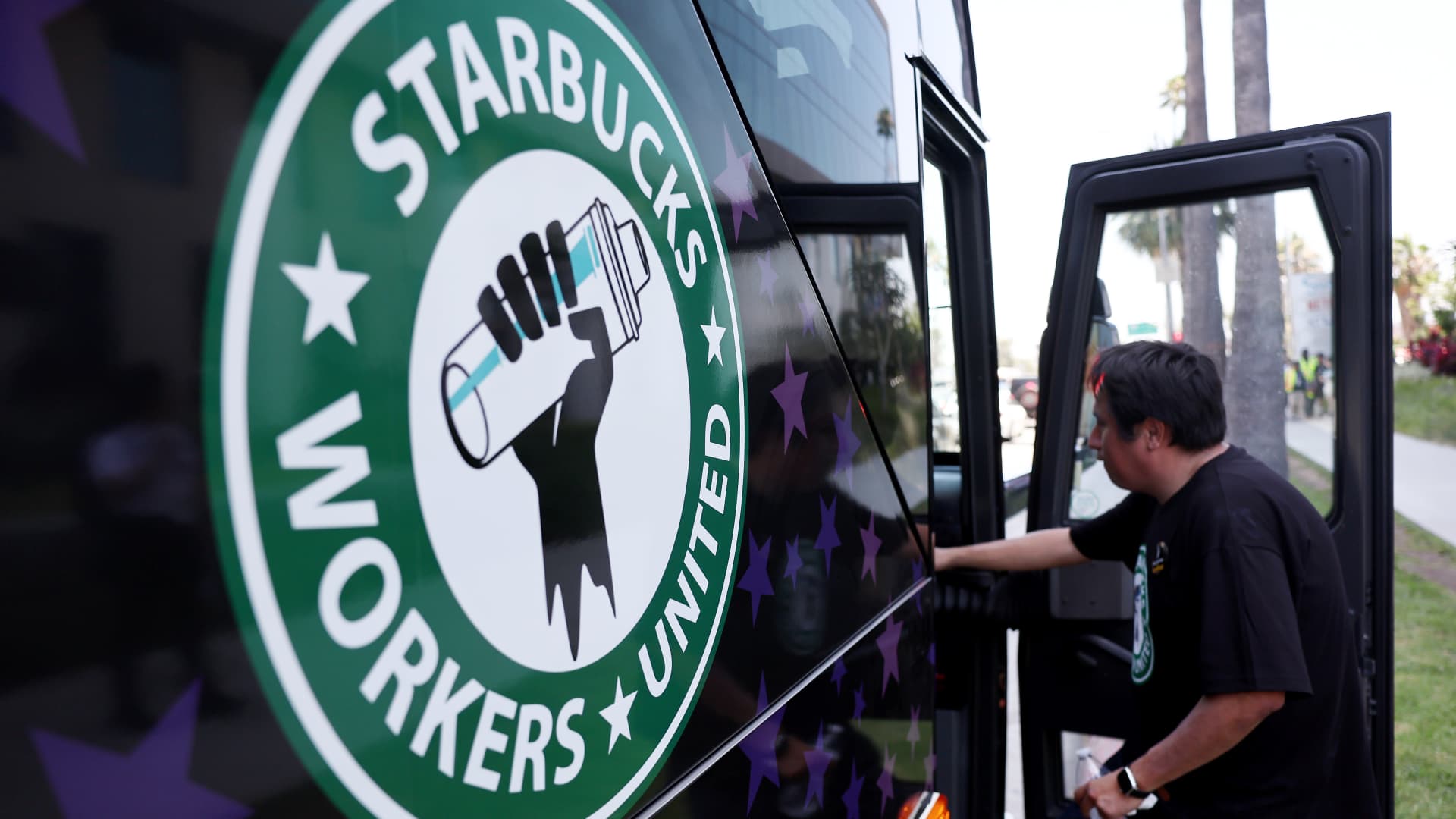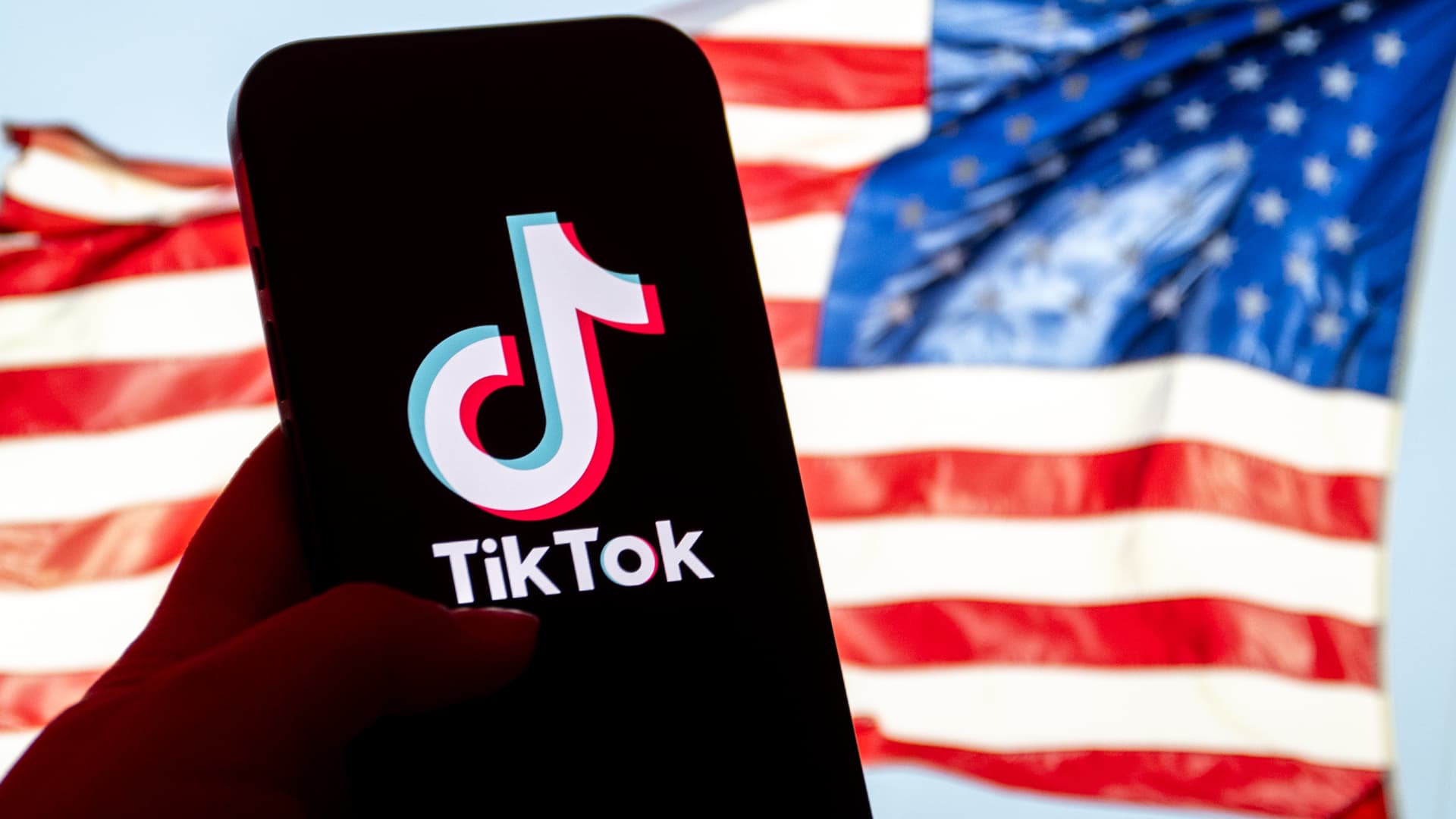Traditional pension plans have not returned. But IBM’s news might lead you to think so.
Last month, IBM liquidated a defined benefit pension plan that the company had frozen more than 15 years ago. The company has also stopped making contributions to employees’ 401(k) accounts.
These moves are striking because, at least on the surface, IBM appears to be reversing a decades-long trend of companies moving away from traditional retirement plans. Under the old plans, companies promised to pay their employees a retirement income that rewarded them for long years of service. But these plans were expensive, and IBM and hundreds of other companies began instead to emphasize 401(k)s, which shifted the primary responsibility for saving and investing to workers.
IBM’s new approach is significant because the company plays a leading role in shaping employee benefits. What it is doing now is not a simple return to the traditional cradle-to-grave benefits system. In fact, IBM’s new pension plan isn’t nearly as generous for long-term employees compared to its predecessor.
For some people working at IBM, the move has real benefits, particularly for those who put little or no money of their own into 401(k)s and only stay with the company for a relatively short time.
Crucially, IBM’s maneuver will likely be wonderful for its shareholders. The company saves hundreds of millions of dollars annually by stopping contributions to employees’ 401(k) accounts. And there is no need to put money into pension insurance this year – and probably in the next few years too – because there is already plenty of money available. From a purely financial perspective, IBM is improving its cash flow and bottom line.
For a small but important subset of companies – those with fully funded, closed or frozen pension plans – IBM’s move could be a harbinger of things to come, pension consultants say. IBM is using a surplus in its pension fund to simultaneously change its employee benefits package and improve the company’s finances.
“You’re going to see more of this,” said Matt Maloney, senior partner at Aon. “But I don’t think it’s really a game-changer because not many companies are able to do what IBM does.”
Retirement Basics
IBM calls its new pension plan a “retirement account.” It is legally and bureaucratically embedded in the old version. Because it is part of the defined benefit pension plan, the new plan is backed by the state’s Pension Benefit Guaranty Corporation, which will pay benefits up to certain limits if the plan runs out of money or the employer goes out of business.
Unlike 401(k)s, in retirement plans “the employer makes the contribution, owns the assets, selects the investments and bears the investment risk,” said Alicia Munnell, director of the Center for Retirement Research at Boston College.
According to IBM, employees will be placed on the new IBM plan immediately and will be able to take their money with them when they leave. So far, so good.
But for many employees, the change comes with costs.
IBM will no longer contribute to employees’ 401(k) plans. According to internal documents released publicly and confirmed by Jessica Chen, an IBM spokeswoman, 5 percent matching contributions and 1 percent automatic contributions have been made so far. This money and these accounts belong to the employees. It took a year for employees to receive these accounts.
The new retirement accounts are part of a so-called cash balance plan, a retirement plan in which the employer controls how the money is invested.
In the new IBM accounts, employees will receive credits equal to 5 percent of their salary – 1 percentage point less than the company’s maximum 401(k) contribution previously. In the first year only, employees will receive a 1 percent raise to compensate for the discrepancy in contributions between the old 401(k) and new retirement accounts.
Risk and return
IBM documents show that employees in the new accounts are guaranteed a return of 6 percent interest for the first three years – an excellent rate under current market conditions.
The return is likely to decline from 2027 to 2033. Employees receive the yield on 10-year government bonds with a floor of 3 percent. From 2034 there will be no more ground. So when Treasury yields fall below 3 percent — which was the case for most of the period from late 2008 to early 2022 — employees will receive a paltry return.
Remember, with a 401(k), employees are free to invest as they wish. People with a long investment horizon may prefer the stock market, which tends to provide higher returns than government bonds over long periods of time.
Although IBM employees can keep their 401(k)s and continue adding money, they don’t have the incentive to receive a company match. It remains to be seen how many will continue to contribute. Employees will only receive fixed-interest investments in the new accounts.
This may be fine for people who are retired, but it is questionable for those who have years left in their careers. Employees may need to increase equity allocations in their 401(k)s or other accounts.
The background
At the height of defined benefit plans in the 1970s, up to 62 percent of private sector workers were covered exclusively by these plans, according to the Employee Benefit Research Institute, an independent organization that researches pension issues.
The institute found that in 2022, only 1 percent of private sector wage and salary workers had only a defined benefit plan, while 41 percent participated in only a defined contribution plan (or 401(k)) and 8 percent participated in both.
The underfunding of company pension plans led to a strong move away from defined benefit plans. Initially, 401(k)s were additional savings vehicles for employees. Now, 401(k)s have become core components of retirement alongside Social Security.
By closing the old defined benefit plans to new workers and freezing benefits for those already enrolled, companies reduced their potential pension liabilities. They poured money into the old pension plans to bring them into line with government regulations that were loosened to provide relief for companies.
But skillful management and cooperative financial markets have also contributed to increasing plan financing. Since pensions are a form of pension, financing existing pensions has become cheaper due to the rise in interest rates in recent years. In addition, strong equity returns over the last decade have strengthened the fund’s assets.
These factors have led to a fundamental change in the financing of legacy company pension plans. (Public pension plans, on the other hand, have an estimated $1.45 trillion funding gap, according to Pew Charitable Trusts.) At large companies, the average private defined benefit plan now has more than enough money to cover its pension obligations. For defined benefit pension plans at S&P 500 companies, funding levels rose to 102.7 percent from 78.4 percent in 2011 as of Feb. 6, according to Aon.
The conclusion
IBM’s defined benefit pension plan is now extremely well funded. The annual report shows the company had a $3.5 billion surplus in the plan last year while making $550 million in 401(k) contributions annually. No new money needs to be put into the retirement plan, and now, with the transition to the new retirement accounts, no 401(k) contributions will be made.
Professor Munnell estimated that IBM could credit its employees with benefits in the new accounts for at least the next six to seven years. Several pension advisers said that if market conditions were favorable and IBM invested the $3.5 billion surplus at a higher rate of return than the fixed interest rates the company offered its employees, it could potentially rely on using cash for many years can forego these services.
The company said its pension innovation improved its finances. In a Jan. 24 earnings call, IBM Chief Financial Officer James J. Kavanaugh said the company’s cash flow was better this year, due in part to “reduced cash needs due to changes in our retirement plans.” It could stay that way for many years.
Other companies with frozen plans that are fully funded could follow IBM’s lead.
This is not a return to the more comprehensive long-term employee benefits that traditional defined benefit plans offer.
But perhaps cash balance plans combined with 401(k)s are the best thing most large companies are likely to offer. If that’s true, said Zorast Wadia, principal and consulting actuary at pension consultant Milliman, there are several ways to design pension packages that leverage pension plan surpluses. Unlike IBM, for example, some companies may continue their 401(k) contributions while starting cash balance plans.
It is a challenge for large companies to find a generous but responsible approach to well-funded pension plans. IBM has proceeded cautiously. But it’s in nobody’s interest when companies make pension promises that they can’t keep.
Source link
2024-02-09 23:49:22
www.nytimes.com















